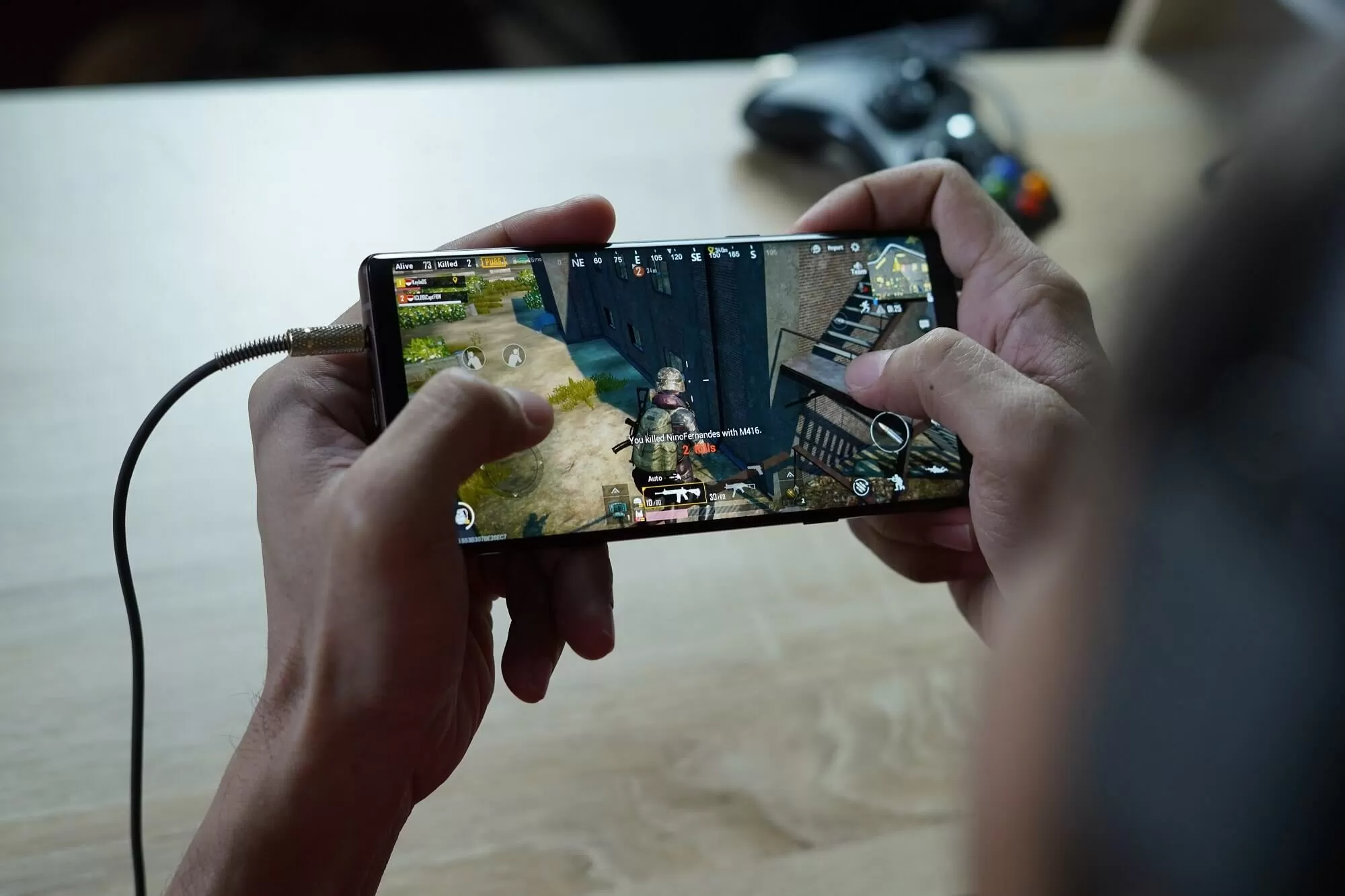Rumor mill: It's a pair of NASA deep-space probes, it's a Star Trek series, and a tanker aircraft used by the RAF -- and now "Voyager" is set to be the name of the RDNA2 graphics used in the highly anticipated AMD + Samsung SoC collaboration, according to regular mobile leaker Ice Universe.

Samsung use of AMD's graphics IP in their next-generation flagship mobile processors has been back in the headlines ever since AMD CEO Lisa Su brought it back up during the company's keynote at Computex 2020, and while it's uncertain how much of a hand in the GPU's design AMD has had, leaks so far have painted a picture of promising performance.
Ice Universe's leaked information has filled in some more gaps about the upcoming Exynos product, claiming that it will be built on Samsung Foundry's 4LPP (4nm, low-power plus) process, a further evolution of FinFET technology, rather than the gate-all-around transistors that are set to arrive with the company's 3nm process.
In particular, Samsung recently shifted to market its 4nm process as a separate family from their 5nm/7nm nodes; after 5LPE proved underwhelming in the Exynos 2100 and Snapdragon 888 (only matching TSMC's vaunted 7nm node despite coming two years later) an improvement substantial enough to warrant such a shift would be more than welcome.

The Exynos 2200 (or "Pamir", according to the leak) would likely be pitched against Qualcomm's Snapdragon 895 in next-generation flagships -- after the inevitable refreshed and refined versions of current chips, at least -- which lines up with the Samsung's timetable bringing 4LPP to market in 2022.
Both of them should feature Arm's Cortex X2 CPU cores, and the RDNA2 "Voyager" graphics will go head-to-head with Arm's next-generation Adreno GPU, but little info on the Snapdragon counterpart has come out yet.
Previous leaks have hinted that the Snapdragon 895 could also be built on a 4nm process, presumably 4LPP, which would allow for a level playing field to compare the two SoCs without either side having a node advantage. May the best design win!
Image: Weibo
https://www.techspot.com/news/90461-samsung-upcoming-exynos-2200-soc-may-bring-voyager.html
